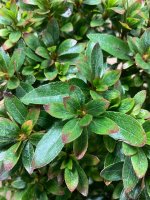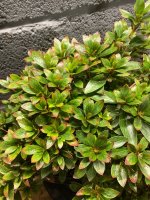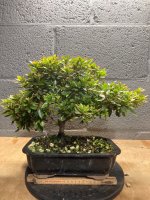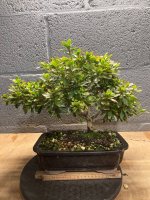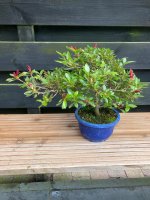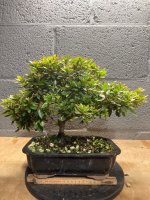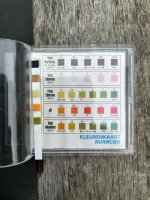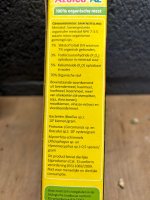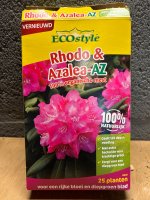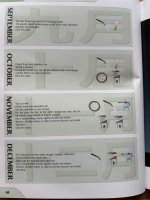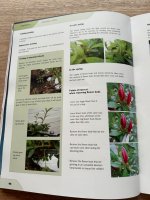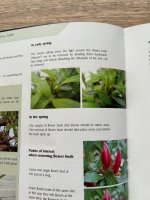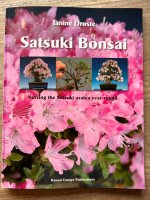Ah I did not know that the thinning out and reducing the number of leaves (“thieves” if I am correct?) around the buds was an autumn job.
Good to know. I read this was a spring job in my Satsuki book by Janine Droste. Or maybe both work?
Hoping all goes well with this azalea.
it is highly likely having two medias in a pot created your issues. We call this lensing, or the island effect. In this case the inner media, the lens or island, holds onto water better than kanuma, which dries out faster. Folks notice the kanuma needs watering and do so, overwatering the core, which leads to root rot. Root rot can reside in a core for a long time.
It is possible the full sun routine, besides stressing the azalea out, might of helped avoid this issue to start with by creating a higher transpiration load and keeping the roots pulling water out of the core at a quick rate. Hard to tell for certain. Once the angle of the sun went down things to cooled down, the core stayed wet… creating a soggy environment …and that’s where we are at this point.
To help would chock up one side of the pot about 2 cm until the roots are washed. This will lower the water table and help keep the tree dry. Also would pour 1:2 H2O2:H2O solution through the root ball instead of watering next time the plant clearly needs water.
Root washing is a late winter early spring routine and the plant will need to be protected from freezing and full sun for about 3 weeks. From then on morning sun afternoon open shade.
btw. We use 90:10+5. Kanuma

umice+5% Biochar on our azaleas.
Once the plant is in kanuma one can water as much as one wants. With ordinary care the plant will not get overwatered. Will not get rid of root rot though, but with luck the tree is only stressed.
Here is a thread on rootwashing.
Pots. Here’s an image of azaleas, many in Tokaname pots. All are in kanuma based media except anyone in a nursery pot.

Timing on winter prep. This procedure is done in November prior to winter storage here to most azaleas. It’s in winter storage where the threat of fungus accelerates, especially. When ventilation is insufficient. Your climate is very similar to ours. (Interesting about Dorset. How about sending me the page in Droste’s book so I can see the context.)
btw: Some azaleas need prep earlier than others. Kazan is one. Here’s what to look for.
First is an image of Issho no Haru clearly needing prep. Note the discolored leaves. (These examples are azaleas with yellow fall leaves, there are also azaleas with red, yellow/orange or purplish fall leaves.

Second image of two azaleas that are basically ready too. Not discolored leas, yet not as many… both will have prep done immediately after we finish inventory next week. Also note how crowded the foliage looks. Not for long.,

Best,
DSD sends


